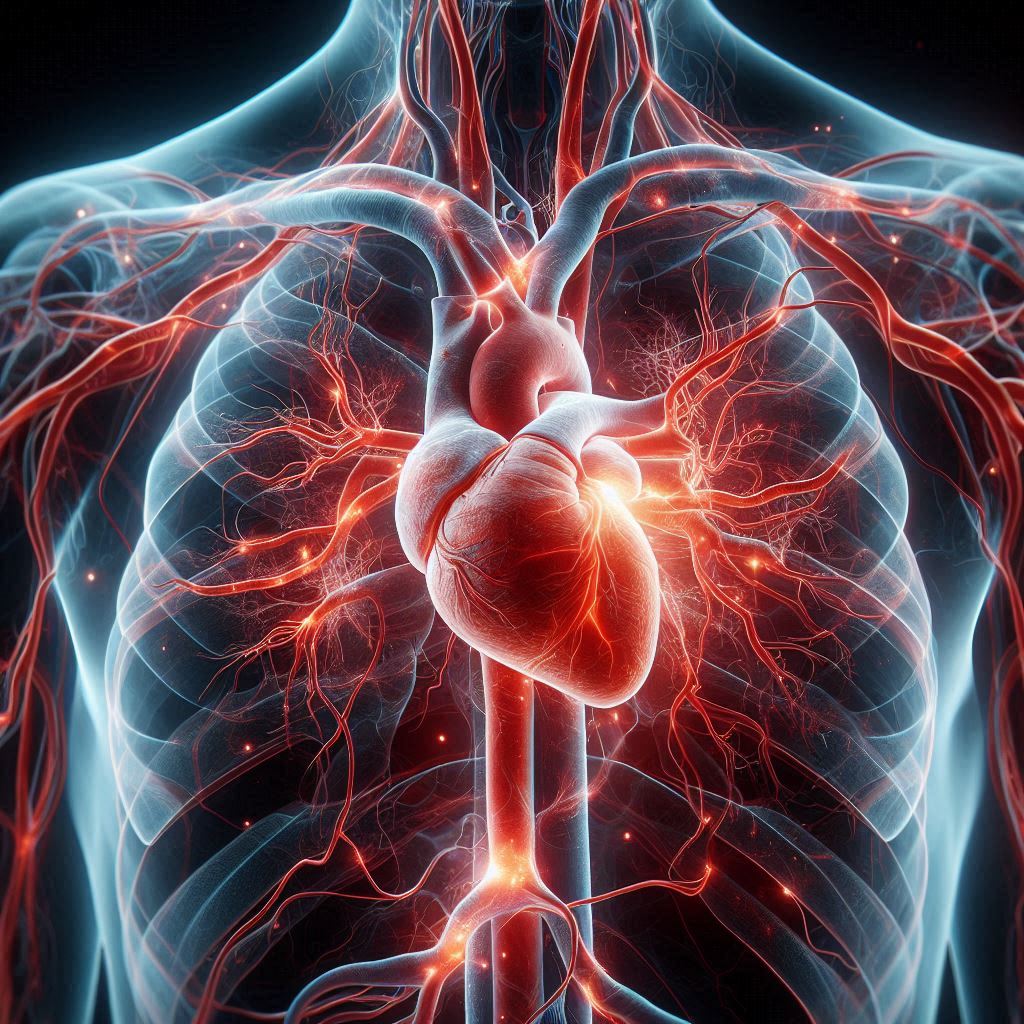
Vasculitis is a general term that refers to the inflammation of blood vessels. White blood cells circulate and serve as our major defense against infection. Ordinarily, white blood cells destroy bacteria and viruses. However, they can also damage normal tissue if they invade it. The symptoms of vasculitis depend on which blood vessels are involved and what organs in the body are affected. Vasculitis can affect any of the body’s blood vessels. These include arteries, veins, and capillaries. The disorder may occur alone or with other disorders such as temporal arteritis. Also called angiitis, vasculitis causes changes in the walls of your blood vessels, such as thickening, weakening, narrowing and scarring. The disorder may be localized to the skin, or it may manifest in other organs. The internal organs most commonly affected are the gastrointestinal tract and the kidneys. Joints are also commonly affected.
Vasculitis can sometimes develop after an infection has come and gone. The swelling associated with vasculitis occurs when the damaged blood vessels leak. There are some types of vasculitis that occur in certain age groups more than others. Vasculitis can also accompany infections, such as hepatitis B; exposure to chemicals, such as amphetamines and cocaine; cancers, such as lymphomas and multiple myeloma; and rheumatic diseases, such as rheumatoid arthritis. The actual cause of these vasculitis diseases is usually not known. There are many types of vasculitis, and vasculitis can affect people of all ages. Some age groups are affected more than others, depending on the type of vasculitis. Treatment for vasculitis depends on the severity of the disorder and the individual’s general health.
Causes of Vasculitis
The common causes and risk factor’s of Vasculitis include the following:
The exect cause of vasculitis diseases is usually not known.
Certain viruses.
Microscopic polyangiitis.
Henoch-Schönlein purpura.
Foods or food additives may cause vasculitis.
Inflammatory bowel disease, ulcerative colitis, or Crohn colitis may be associated with vasculitis.
An allergic reaction to a medication may trigger vasculitis.
Symptoms of Vasculitis
Some symptoms related to Vasculitis are as follows:
Muscle and joint pain.
Weight loss.
Loss of appetite.
Fever.
Generally feeling bad (malaise).
Myalgias or arthralgias.
Loss of energy.
Treatmwnt of Vasculitis
Here is list of the methods for treating Vasculitis:
Typically, cortisone-related medications, such as prednisone, are used.
Patients with severe visceral involvement may require high doses of corticosteroids with or without an immunosuppressive agent (eg, cyclophosphamide, azathioprine, methotrexate, mycophenolate mofetil).
Intravenous gammaglobulin.
In other instances, when critical organs such as the lungs, brain or kidneys are involved, aggressive and timely treatment is necessary.
Cytotoxic medications are usually used in combination with prednisone and are often effective in treating vasculitis.
Surgical care for patients with vasculitis is rarely needed.




